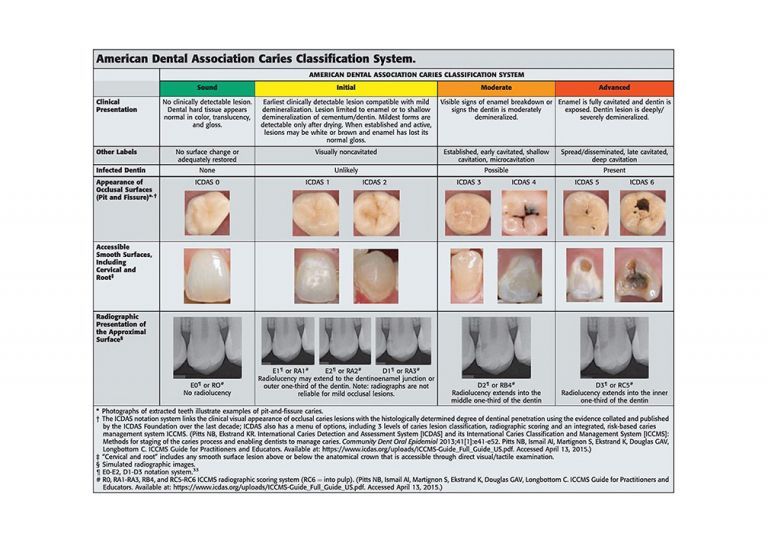Breadcrumb
Dental Caries: An Update on Dental Trends and Therapy
What is it?
A review of caries risk assessment in children, and the role of oral health professionals and other medical professionals in helping treat patients and providing preventative care.
What problem does it aim to solve?
There has been a significant increase in the prevalence of dental caries globally, including among children. Domestically, the rate of caries prevalence is stable or decreasing, but there are stark differences along ethnic and socioeconomic lines, and significant access-to-care issues.
How does it work?
The article reviews the factors behind dental caries and supports the practice of caries management by risk assessment, followed by proactive use of strategies involving oral products and behavioral change. The article also reviews various strategies for arresting and reversing damage to teeth. Brushing and flossing are not sufficient in and of themselves. Behavioral modification techniques are important too. Non-dental medical providers also need to be able to assess oral health, and also use prevention tools like fluoride varnish. Dental decay on teeth with a healthy nerve may be treated in a noninvasive manner using silver diamine fluoride. Glass ionomer cement (GIC) is another good option because it is compatible with a moist surface, doesn't require light curing and supports remineralization.
The article also discusses issues around providing dental care to patients with special needs, and the role of hospital dentistry in treating such patients. The article concludes by looking at the problems caused by lack of access to care, and discusses how teledentistry might help. Greater coordination between dental professionals and other healthcare workers could help reduce the prevalence of dental caries and help patients maintain healthy mouths.
What are the real-world implications?
With an understanding of the latest research on caries prevention and rehearsal, healthcare professionals can take a more active role, even if they aren't in the dentistry field.
What are the next steps?
Ideally policymakers will be able to act on the information in this article when deciding how to allocate funding for health programs, especially preventative care.

American Dental Association caries classification system.
Source
"Dental Caries: An Update on Dental Trends and Therapy", Advances in Pediatrics, Volume 64, Issue 1, August 2017, Pages 307-330
Authors
Allen Wong, DDS, EdD, DABSCD, University of the Pacific, Arthur A. Dugoni School of Dentistry
Paul E.Subar, DDS, EdD, University of the Pacific, Arthur A. Dugoni School of Dentistry
Douglas A.Young, DDS, EdD, MBA, MS, University of the Pacific, Arthur A. Dugoni School of Dentistry






